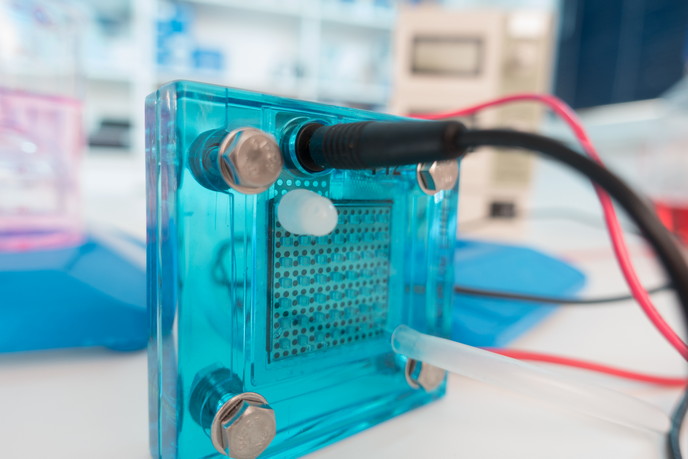Low-cost, eco-friendly rechargeable car batteries
Hybrid electric vehicles (HEVs) and small all-electric vehicles (EVs) are increasingly in demand and mass market introduction is expected within the next 10–15 years. Leading commercial battery technology based on nickel metal hydride (NiMH) is unable to meet requirements for ever-higher power and energy densities, thus highlighting the need for an innovative solution. The EU-funded project 'Fast rechargeable zinc-polymer battery based on ionic liquids' (POLYZION) was initiated to overcome problems associated with zinc (Zn) rechargeable batteries, leading to superior fast-rechargeable battery technology for HEVs and EVs. The two main challenges were elimination of uncontrolled crystallisation on the electrodes (dendritic growth) leading to short circuits, and elimination of hydrogen gas evolution during charge/discharge. Use of a new class of low-cost, robust and environmentally benign ILs as the electrolyte or charge carrier eliminated hydrogen gas evolution by removing the aqueous electrolytes that cause it. Based on IL investigations, scientists developed a reversible and stable redox (essentially electron transfer) couple for secondary (rechargeable) Zn electrodes. Researchers used ultra-fast pulse techniques for electrodeposition of nano-structured Zn during the charging cycle to control nanocrystals' morphology and to minimise short-circuiting. Scientists also developed novel conducting polymer electrodes that reduce overall weight and eliminate the need for a membrane to separate the two halves of the battery cell. POLYZION scientists combined the promising Zn and conducting polymer electrodes into a rechargeable cell exploiting ILs. Although scientists were unable to replicate the promising lab performance of the battery cell chemistry in prototype tests within the project timeframe, results were comparable to the performance of lead acid batteries. Thus, the rechargeable Zn battery could be a low-cost and eco-friendly alternative to lead acid batteries. Project outcomes should act as a springboard to other collaborative projects not only related to battery development but in the areas of ILs and conducting polymers. Such innovative technologies are of great interest to flexible electronics and solar cells.







